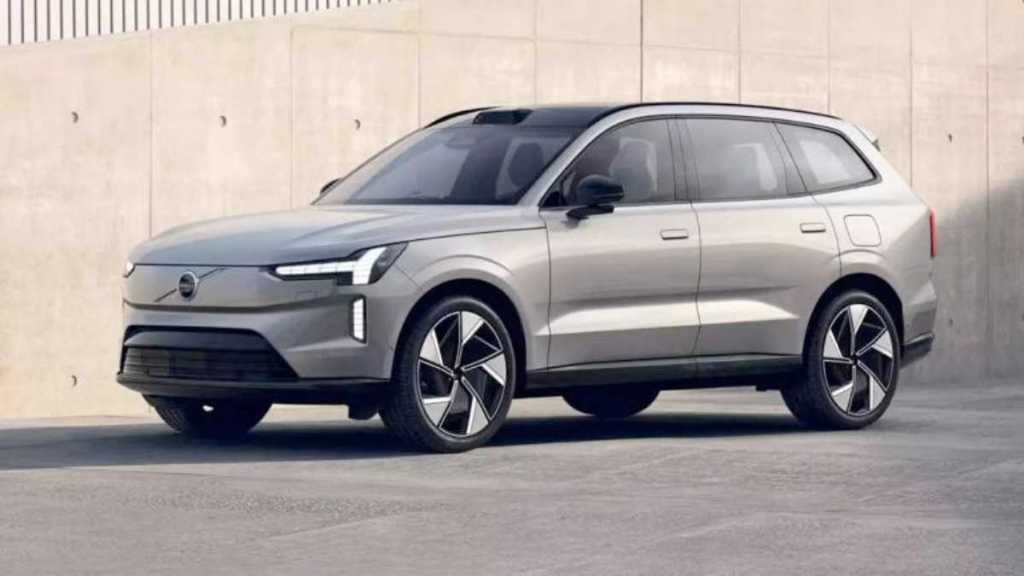A lot of work has gone into increasing automobile safety, especially with new age technology like Advanced Driver Assistance Systems (ADAS). Volvo has decided to go back to the drawing board and focus on the most crucial yet basic safety feature, the seat belt. Volvo is the inventor of three-point seat belt way back in the 1959 and is not using live data to boost the safety capability of the seat belt. The new multi-adaptive safety belt will make its debut in the electric Volvo EX60 in 2026.
“The world first multi-adaptive safety belt is another milestone for automotive safety and a great example of how we leverage real-time data with the ambition to help save millions of more lives,” says Asa Haglund, head of Volvo Cars Safety Centre. She added, “This marks a major upgrade to the modern three-point safety belt, a Volvo invention introduced in 1959, estimated to have saved over a million lives.”
Smart seat belts to enhance safety
The new multi-adaptive safety belt can use real-time data input from interior and exterior sensors to customise protection, adapting the setting based on the situation and individual’s profiles, such as their height, weight, body shape and seating position. For example, a larger occupant in a serious crash will receive a higher belt load setting to help reduce the risk of head injury. While a smaller occupant in a milder crash will receive a lower belt load setting to reduce the risk of rib fractures.

This is achieved by significantly increasing the number of so-called load-limiting profile variations, which manage the force applied to the occupants in the event of an accident. And thanks to over-the-air software updates, it gets better over time.
Modern safety belts use load limiters to control how much force the safety belt applies on the human body during a crash. This new safety belt expands the load-limiting profiles from three to eleven and increases the possible number of settings, enabling it to optimise performance for each situation and individual.
Unlike traditional systems, the new multi-adaptive safety belt can utilise data from different sensors, including exterior, interior and crash sensors. In less than a blink of an eye, the car’s system analyses the unique characteristics of a crash – such as direction, speed, and passenger posture – and shares that information with the safety belt. Based on this data, the system selects the most appropriate setting.




















